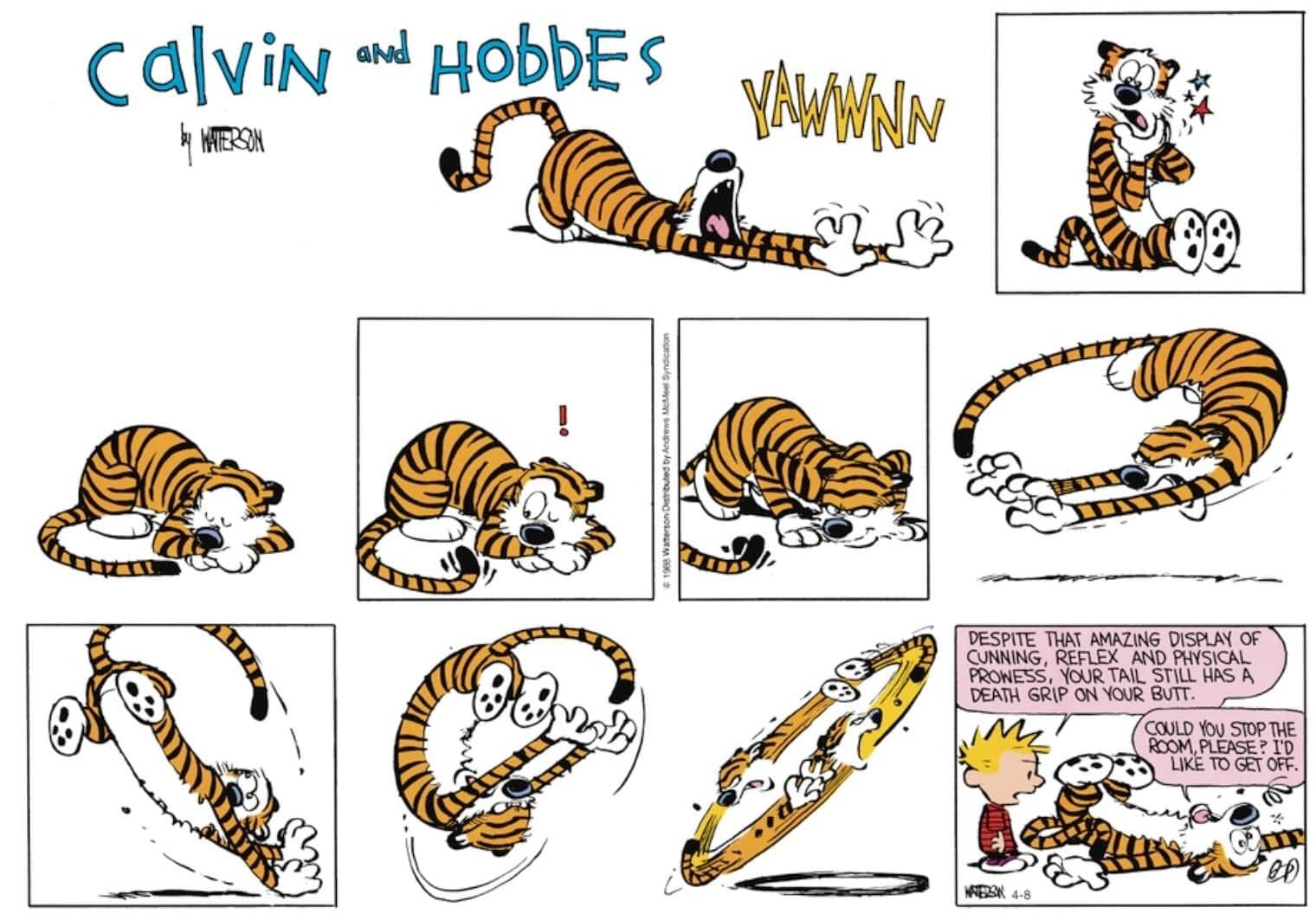One attitude we often encounter in life is the notion we have to find ourselves or improve ourselves. ‘Know Thyself’. It’s said on the Oracle in Delphi in ancient Greece. The problem is finding the fixed self or essence to grasp or improve upon.
As I learned this makes self-help and self-improvement a trap for the unwise. I became caught in this trap for years.
This desire to improve ourselves and our situation is a manifestation of another desire. What we seek in life is a bedrock of understanding. Such knowledge makes us feel safer because it gives us clarity on our purpose and expectations.
In philosophy, there is a term called Hypostasis (Greek: ὑπόστασις, hypóstasis). It means below and fixed or unchanging. It’s the underlying state or substance and the fundamental reality that supports all else.’ You might also suggest an ‘Hyperstasis; that is above and fixed.
We seek is that certainty, of the Hypostasis, that bedrock. To know who we are, what we want, and where to get it.
Western society has searched for its bedrock for centuries—the Atomic theory in science to find the uncuttable (Atomos) reality. In religion, it was God; in philosophy, it’s Matter or the Mind (Materialism or Idealism).
So this Hypostasis/Hyperstasis can be likened to
- The personal Fixed Self or Soul
- the Self of objects, their essence, like Atoms.
- The cosmic Self or a God, or fixed ground of being.
We search for this Hypostasis, this bedrock because our lives are constantly spinning and changing. It creates insecurity and fear, so we need a fixed foothold or handhold to get anything done.
The problem arises when we go looking for this mythical fixed reality.
The Mind that turns inwards
To find the Fixed Self, we have to search for it, but this brings up a conundrum. To search for the Self, we turn our attention inwards to seek what we are. But we need to understand what we’re looking for to know when we’ve found it, and to avoid falsehoods and lies.

So to find the Mind, we need to know the Mind. But if you know the Mind, why are you searching for it? You already have it.
It is like a Tar baby from Brer Rabbit or a Chinese finger puzzle. The more you struggle with the question, the more you get stuck.
It’s as if we’re tying to pull ourselves out of a quagmire, like Münchhausen Trilemma. Or as Alan Watts puts it, ‘it’s like trying to bite your own teeth.’
It shows this type of knowing, the discriminating mind will never reach a bedrock of certainty or understanding.
When facing problems, we try to ‘second guess’ ourselves to outsmart the fear, anxiety, insecurity and procrastination. Or we go on projects of Self-improvement.
But this leads to more fear and anxiety because we can’t find the Self to improve or outsmart. The search for enlightenment in Buddhism is the same paradox, who or what is to possess this enlightenment?
Subject vs Object
What is going on here is the unquestioned belief is that Subject and Object are separate.
We think of existence as made up of separate objects (the Atomos, above). The world as we perceive it seems outside of us. We search for our keys but don’t believe I am those keys. It means there has to be a world inside, a Self, a Subject, vs the Objects outside.
This view is helpful in daily life but not for philosophical discourse or understanding existence.
The search ‘inside’ becomes a problem because we’re using the Self to search for the Self. The Object is the Subject. The Mind is turned inwards to search for the Mind.
Couple this with the belief there is an essence to be found, and you have an exercise in frustration.
How can the Self grasp itself without already knowing itself?
It’s the quest the Siddhartha Gautama undertook under the Bodhi tree. He discovered the fixed essence of the Self couldn’t be found with the questing mind.
The discriminating mind uses reductionism, chopping reality into separate pieces, Object-Based Thinking. But the non-self is about connection and interdependence, not separation; this is Connection Based Thinking.
The tool of the separate self, a discriminating mind, cannot understand the non-self.
Paradox and Ambiguity
It shows that Such Discriminatory Knowledge can only exist if you accept the illusion of the Self, a separate Subject and Object. ‘Subjects knowing separate objects.’
However the quest to know thyself removes the distinction, making the Subject and Object the same.
Remove that distinction, and such knowledge becomes a paradox and in doubt. (I stress the analytical and thinking Mind because there is knowledge found in other ways).
The paradox arises because we think in terms of objects; how does one thing relate to another? We search for the Subject, (Now an Object) an we’re now running in circles.
The Sorites Paradox looks at how the parts (objects) relate to the whole (a bigger object). If you change the tires on a car, is it still the same car? Now continue with the windshield, steering etc. Is it still the same car? Reasoning Logic leads us into this confusion.
The idea of a separate self falls apart when we understand that all things are interconnected, This is Non Dualism, the separation is an illusion and Ignorance of this illusion is what the Buddhists teach is the cause of our suffering.
Anatman
The Buddhist view is that there is no abiding, unchanging existence, Non-Self or Anatman in early Buddhism and later with Nargajuna, Sunyata or Emptiness.
There is nothing, no Self to grasp.
All efforts to grasp the essence of your Mind with the Mind, to get the Self with the Self, will always be futile and frustrating.
A discriminating mind can’t grasp something that’s not separate. Like trying to grab a piece of a net, but the rest always gets dragged with it.
An excellent practical example is Artists Voice. To be an artist, I need to find my artistic Voice. That way, I can create art that’s uniquely mine. The quest runs into the same problem as the Self.
How do I find my Voice? How would I recognise it if I did have it? How can I be sure I found the genuine, not the fake me?
Notice the wording here. ‘How can ‘I’ be certain that ‘I’ have found the genuine, fixed ‘I’?
Again we start chasing ourselves around the question.
Knowledge Beyond thought
We do know that knowledge beyond thinking exists because of our automatic behaviour. We learned how to walk and talk without thinking it out.
Sports, martial arts and other activities rely on trained reflexes, intuitions, muscle memory to execute. This is a type of knowing beyond reason and thought, the discriminatory mind is not involved. This is Wu Wei in Chinese Daoism or Mushin in Japanese, No-Mind. Also see The Fourth Stage of Competence.
To think about such activity would impair performance. This is the Centipedes Dilemma.
This type of knowing is open all of us. When we see a sunset we know the sunset. Not by analysing it, but just be receiving the experience, letting go of the grasping mind.
Liberation
The analytical discriminatory mind of logic and reason mind can’t get us to a bedrock of certainty, about the nature of the cosmos or ourselves. It can only take us as far as as thinking goes which is never far enough.
Our minds can’t grapple with a cosmos, that we can’t squeeze reality into concepts, like bottling wine. Reality is always bigger, more complex and changing.
To find a fixed self is a futile endeavour. To free ourselves from the suffering that this mental grasping creates is to recognise there’s nothing there to grasp, no fixed essence. Such acceptance, is to free us from the desperation of knowing, of finding the Last Word, the final answer.
Letting go free us from the conundrum of life by accepting its always going to a mystery.
- Who am I?
- Why am I here?
- What’s my artistic voice?
- Why is the cosmos the way that it is?
- What’s my purpose?
At some point, you have to realise that maybe there is no Self to be found. There is No Secret Ingredient. You find that there’s no answer out there, instead you live the answer.
Once that insight arises, you have liberation. You are freeing yourself from the impossible task of finding the (Fixed) Self.
Closing Thoughts
Remember why we are doing this, why are we grasping? Because we’re afraid of not being enough; therefore, we seek to improve our ‘Self’. So we seek the Self.
We commence projects to find the Self or to improve our understanding of it. So we make better decisions, giving us the life we desire.
But seeking the Self for improvement is a source of frustration and anguish. To seek answer, to find that certainty is a destructive attitude I call the ‘Last Word Mentality’ We want to seek the last word, that final answer. It never works out like that because the question never leads to a clear and satisfactory explanation.
Most people are most of self-obsessed most of the time. They are preoccupied with concerns like how the world will affect them and how they can affect the world.
Such self-obsession gives the false impression there is a self to be obsessed about.
Object based Thinking and beliefs is trying to fix in place reality, to have that bedrock. If you try to hold onto your breath, or prevent it you will lose your breath. It doesn’t work because reality is always in motion. It always slip through our fingers, our our questing minds.
We find that there is no answer; it’s not the answer we expect, but it does work. Suffering ceases when we can accept there is no certainty of finding a self.
Once we let go, we find the Self we were looking for; it is here and now, as we are, moment by moment.

